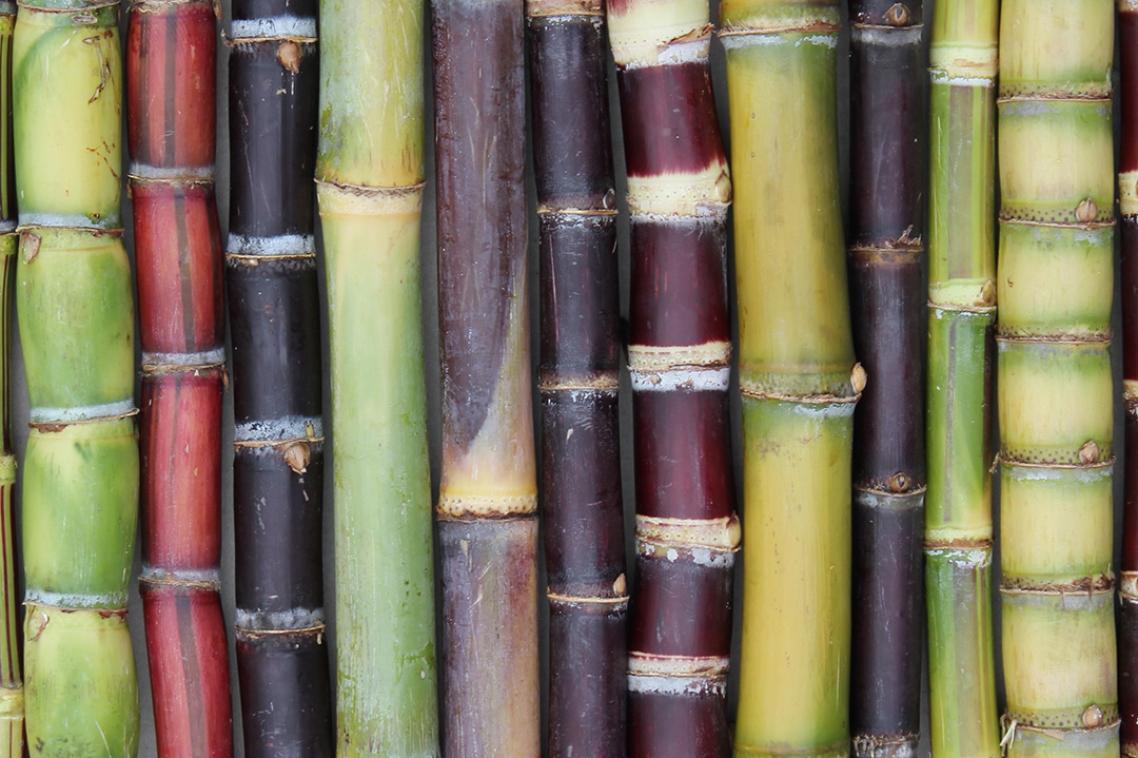Dodging banana diseases is value for money
Professor Andre Drenth
(Photo credit: QAAFI )
A Queensland Alliance for Agriculture and Food Innovation report has found a banana research program has the potential to save the industry more than $52.2 million.
The University of Queensland program aimed to strengthen the capacity of the banana industry to diagnose disease outbreaks.
Project lead Professor Andre Drenth said the program was cost effective and had a 12 to 1 benefit-cost ratio.
“The Australian banana industry is largely based on the Cavendish variety, so protecting it from exotic diseases benefits all growers,” Professor Drenth said.
“A high return on investment does not happen by luck but depends on industry insights and careful project planning.
“By working with a resource economist, we determined the exclusion benefits, which are the financial benefits of not having these disease problems.
“We looked at the banana industry to determine what would make the biggest difference to their profitability and worked backwards from that.
“If we can keep the exotic plant diseases causing major and costly problems overseas out of Australia, we can achieve major impacts, so that’s where we put our focus.
“Using data from outbreaks of Black Sigatoka and Moko disease in Cavendish plantations in Latin America, we developed an accurate picture of how much time, effort, and cost are involved to control them.”
Professor Drenth said QAAFI’s program was focused on developing and maintaining the capability to quickly detect and identify emerging plant pathogens while also strengthening Australia’s preparedness for banana disease incursions.
Australian Banana Growers’ Council R&D manager Dr Rosie Godwin said the industry was committed to reducing the potential for incursions of any pest or disease that could adversely affect production, trade, marketability, and the environment.
“Over many years we have backed investments that improve industry biosecurity preparedness,” Dr Godwin said.
“One major focus was the development of new diagnostic tools for high priority pathogens because quick and accurate diagnosis affords the industry a much greater chance of eradication and effective management.
“This is extremely important to our industry because the cost would be enormous should any new disease become established here.
“In terms of long-term sustainability, the banana industry sees this research as providing great value for money.”
Hort Innovation CEO Brett Fifield said the research highlighted the immense value of strategic investment in biosecurity preparedness for the banana industry.
“Our latest Australian Horticulture Statistics Handbook revealed that banana growers produced more than 368 thousand tonnes of product in FY23/24,” Mr Fifield said.
“With such high volumes being produced each year, this research underscores the importance of equipping growers with the tools to detect and respond to disease threats early.
“Hort Innovation is proud to support initiatives like this to ensure the long-term sustainability and profitability of the banana industry.”
Collaboration and acknowledgements
The program has been funded by Hort Innovation using the banana research and development levy and contributions from the Australian Government. Hort Innovation is the grower-owned, no-for-profit research and development corporation for Australian horticulture. The research was also funded by the Department of Primary Industries. The Queensland Alliance for Agriculture and Food Innovation is a research institute at The University of Queensland, established with and supported by the Department of Primary Industries.Topics
Related articles

Finding efficiencies in creating jet fuel from plant waste

Peptides to prime plant defence against viruses in vegetables
Media contact
QAAFI Communications, Natalie MacGregor
n.macgregor@uq.edu.au
+61 409 135 651
